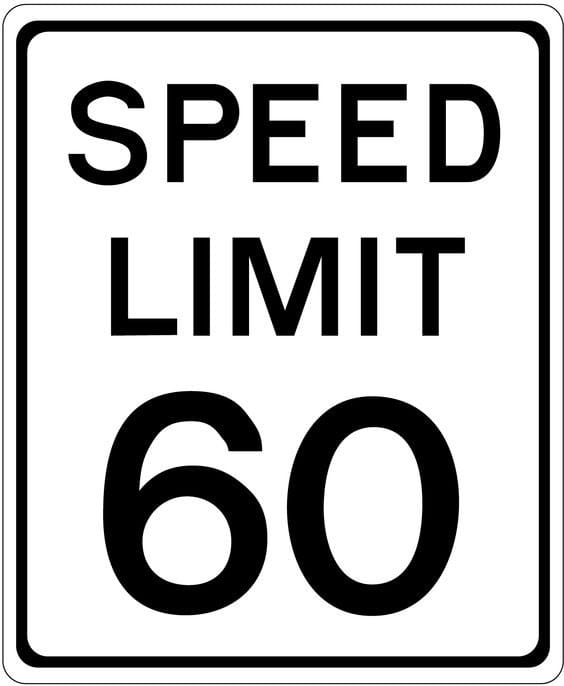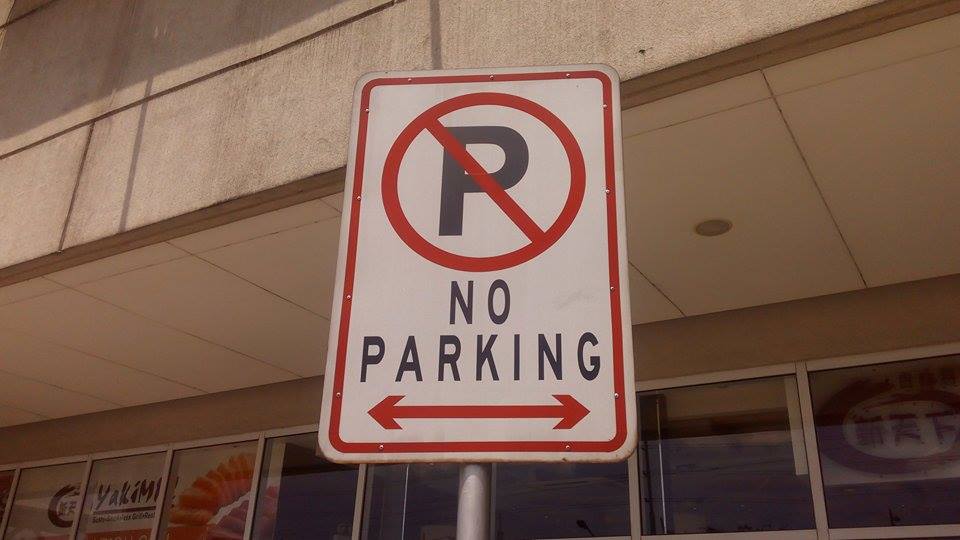You are driving one beautiful Sunday afternoon, the radio is blaring and you are nearly home. As you approach a junction you apply the brakes and get ready to stop if you need to. Glancing left and right you notice there’s no traffic so you begin to move forward. Suddenly there’s a bike right in front of you and you slam on the brakes, narrowly avoiding it.
How did that happen? You checked left and right but did not see any vehicle approaching. Was it a ghost? No, it actually is caused by two phenomena that occur in human vision. Understanding these will give you insights to just how flawed our own vision can be!
Saccadic masking
There are instances where we become totally blind for a very short period of time with our eyes wide open. This is caused by the quick involuntary movements of the eye balls whenever you turn your head or move your eyes from one point to another. These fast involuntary movements of the eyes are known as saccadic movements, or just simply, saccades. During a saccade, no useful visual information is taken by our brain for a very short period of time (less than 10 ms). and within this period our brain does an excellent job of masking the blindness by promoting vision through a redirected visual axis. In other words, the brain prevents you from noticing the momentary blindness by replacing it with the image of the very next object you see. This occurrence is called saccadic masking (link to http://en.wikipedia.org/wiki/Saccadic_masking)
Try looking in a mirror and see if you can watch your own eyes as you move them from one point to another. You will never observe your own eyes moving because your brain is masking it, but another spectator will see your eye movements. Saccadic masking is also the reason why the first second hand movement of a clock, at first glance, appears to be longer than its next movements.
Change blindness
This psychological phenomenon happens when large changes in a scene goes unnoticed by an observer. Occurrence of such are influenced by eye movements (saccades), visual and mental distraction, and the lack of focus and attention. Try watching this video to have a better understand of what change blindness is.
How can understanding Saccadic Masking and Change Blindness make driving safer?
Being aware of these natural phenomenons will also make you aware of the measures that you could take to avoid any accidents influenced by them. Below are five tips which, when followed carefully, help mitigate our human visual incapacity.
- Be attentive. Always keep your focus on driving and not on other things. Avoid looking at your mobile device or from anything that could distract you while driving.
- Always check more than once. Whether you are looking at the mirrors or checking right and left, see to it that you always do this more than once. This greatly increases your chance of seeing less visible objects such as cyclist and motorcyclists.
- Be proactive and not reactive. Being proactive prepares you to respond to any unexpected circumstances while driving. Always think ahead of the situation, especially when approaching a junction, overtaking, and making turns. By doing so, you are actually conditioning yourself for a quick response (ready to step on the brake or make a quick maneuver) in case an accident might occur.
- Turn your head. When changing lanes or turning, it is not enough to check your mirrors alone. Instead, turn your head as well to check over your shoulder immediately after checking the mirrors.
- Don’t think twice about it. When driving and you suddenly feel sleepy don’t hesitate to pull over to take a rest. If someone else is with you who knows how to drive, let him or her take the wheel. Do not drive in the first place if you are not feeling well or are sleepy.
You cannot prepare for what you do not know
Now that you understand saccadic masking and change blindness, and how it could pose as a threat to driving, you can now apply what you learned and take it on the road for a safer driving experience.








